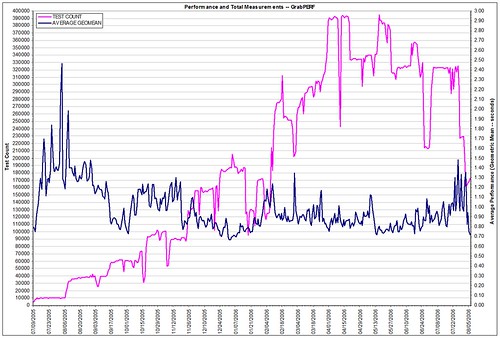
Media Post published an article yesterday, Facebook CPMs Climb Despite Falling Clicks, that confirmed what we have been hinting about for a while now: Higher ad rates (41% from a year ago), and less click-throughs (down 8%).
But why? Wouldn’t any platform in their right mind want etail advertisers to benefit from spending? The move seems to be a biproduct of increasing ad space from six to seven spaces. With more ad inventory on the “shelves,” click-through distribution occurs and individual ads receive less traffic. Facebook isn’t all to blame here though, the laws of supply and demand are hard at work, as the article points out: “The early adopters last year were buying fans, and now the mass market has hopped the chasm, and the masses of brands are buying ‘likes’ and trying to build their audiences within Facebook, so that demand is pushing up pricing,” said Mansell.”
But in a twist, it’s interesting to note that “one ad category for which clicks have not been falling is news. Mansell said new social news readers promoted by publishers including The Washington Post, Yahoo News and The Guardian on Facebook have pushed up click rates for news-related ads by nearly 200% during the quarter. News moved up to the fifth place among the 15 ad categories ranked by TBG Digital according to click-through rate.””
What does this mean for etailers?
First, it means higher ad rates, and less results, so make preparations for that reality. But on the more optimistic side, the trend is bound to meet an equilibrium point soon, but some key decisions should be made before that happens. First, ask the question no advertiser would ever want you to ask? What is my rate of return? Then ask if you can do better with a different plan? We think you can.
Facebook is still important, but we suggest, especially in light of how the article above shows us how compelling news is (isn’t that why people really go to Facebook anyway?), originating your own news from a place you can control: an integrated blog. We’ve installed tons of custom blogs for etailers who finally wanted to take control over their story. Even when the advertising on distribution rises, at least you’ve built content and a network that works independently from the ephemeral trends that inevitably cede to other strokes of internet innovation.
Your thoughts?
